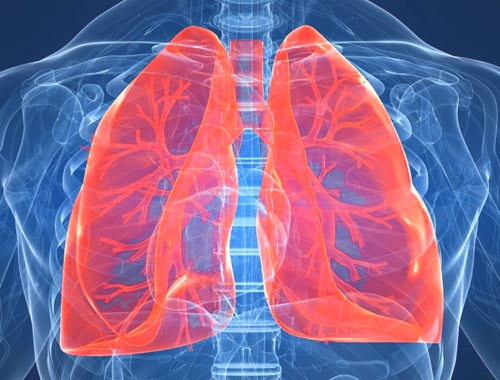Emphysema, Chronic Obstructive Pulmonary Disease (COPD)
The lungs are a pair of organs in the chest that are primarily responsible for the exchange of oxygen and carbon dioxide between the air we breathe and the blood. Emphysema, along with chronic bronchitis, together are referred to as Chronic Obstructive Lung Disease, or COPD. Right now COPD is the fourth leading cause of death in the United States. The good news is that COPD is often preventable and treatable. The lung is composed of clusters of small air sacs (alveoli) divided by thin, elastic walls or membranes. Capillaries, the tiniest of blood vessels, run within these walls between the alveoli and allow blood and air to come near each other. The distance between the air in the lungs and the blood in the capillaries is very small, and allows molecules of oxygen and carbon dioxide to transfer across the membranes. Air reaches the alveoli via the bronchial tree. The trachea splits into the right and left mainstem bronchi, which branch further into bronchioles and finally ends in the alveolar air sacs. Emphysema and chronic asthmatic bronchitis are the two main conditions that make up COPD. In all cases, damage to your airways eventually interferes with the exchange of oxygen and carbon dioxide in your lungs. COPD is a leading cause of death and illness worldwide. Most COPD is caused by long-term smoking. This damage to lungs cannot be reversed, so treatment focuses on controlling symptoms and minimizing further damage.
